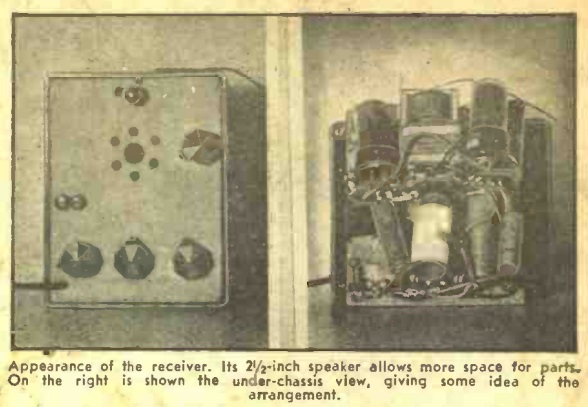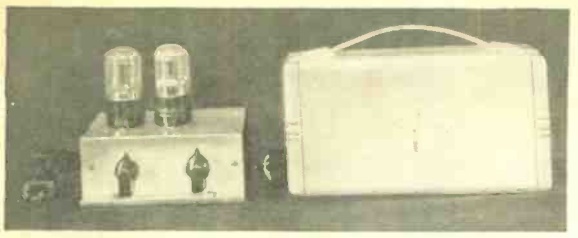 Radio batteries had become almost impossible to find 75 years ago.
Radio batteries had become almost impossible to find 75 years ago.
This posed a particular problem for farm listeners, many of whom relied on battery sets for weather and farm news, in addition to entertainment. The March 29, 1943, issue of Broadcasting magazine carries an article by the news director of WMT Radio in Cedar Rapids, Iowa, who wrote that many of his station’s listeners no longer had this vital link to the outside world, since their batteries had gone dead. According to the War Production Board, before the war, 4.5 million batteries were produced annually for the nation’s 2.2 million battery sets. But production had dropped to just 2.4 million batteries, for an estimated 3.2 million sets in rural homes. WPB was working on adjusting quotas, but for the time being, many battery radios were silent.
For those with electric current, the battery radio was a luxury that had to be put on the shelf for the war years. The April 1943 issue of Radio Craft carried two projects which were relevant. First of all, for those who wanted a portable radio, albeit one that could be used only where household power was available, it carried the plans for the small portable radio shown above. With batteries unavailable, and many tube types also unavailable, this set was designed with parts availability in mind.
The simple circuit used a 12SL7GT as a regenerative detector, with a 70L7GT as audio amplifier and rectifier. With a 15 foot antenna, the set would pull in local stations as well as strong stations 50-100 miles away.
The other project, shown here, was for those who had a battery portable sitting on the shelf. This power supply would allow it to be put back in service. It used two two 50Y6GT rectifiers to rectify directly from the AC line. Dropping resistors were used on the output to provide either 67.5 or 45 volts to replace the B batery, as well as filament voltage to replace the A battery. The completed power supply is shown above next to the author’s Crosley model 45-BV “Commuter” portable.

